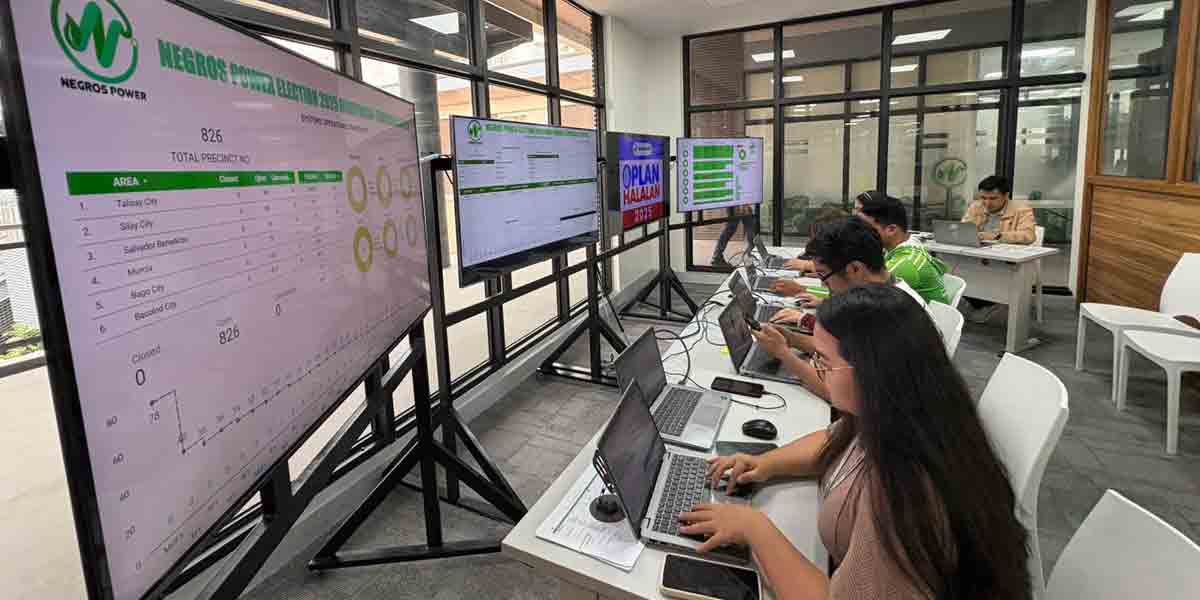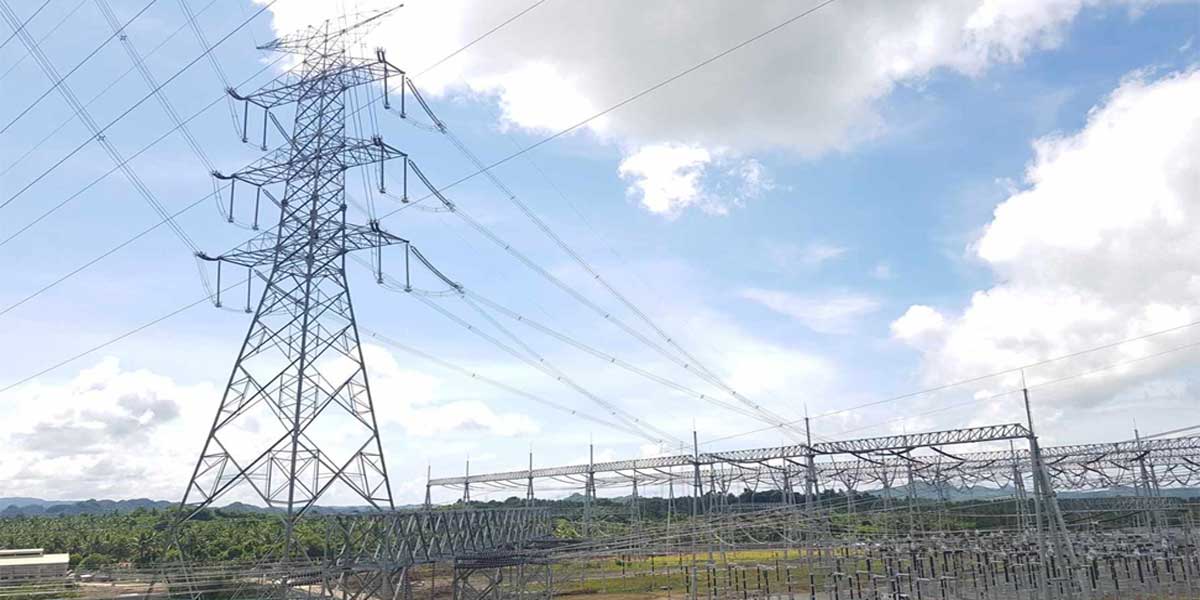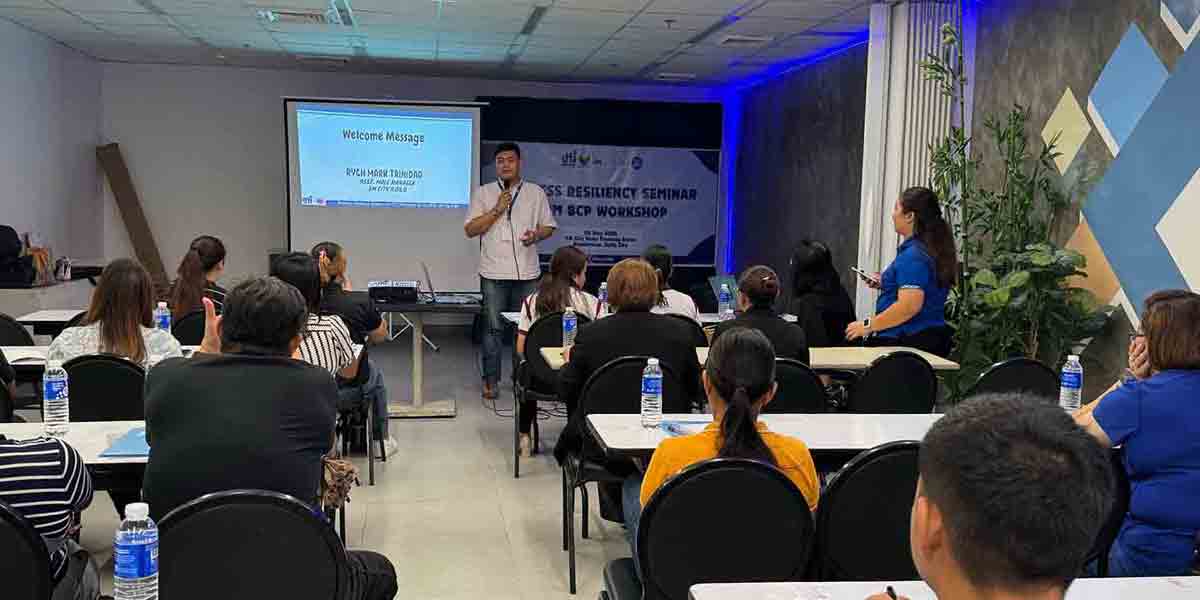
By Rjay Zuriaga Castor
The ongoing tensions in the West Philippine Sea are affecting not only fishermen in Luzon but also those from Western Visayas, particularly in Antique and other parts of Panay Island, according to the Philippine Coast Guard.
PCG spokesperson Commodore Jay Tarriela said parts of the West Philippine Sea remain critical to the fishing industry of Western Visayas, as many fishermen from the region venture into the contested waters for their livelihood.
“This is important in the context of the fishing industry, not just for the people in Palawan, but also for our fishermen here in Panay Island,” he said in an April 4 press conference.
Although located about 600 kilometers from Panay Island’s western coast, Tarriela noted that parts of the West Philippine Sea serve as vital fishing grounds for Western Visayas communities.
He said the presence of Chinese vessels in those areas has long been a concern, as it contributes to overfishing, resource depletion and loss of livelihood among Filipino fishers.
In February 2025, the Armed Forces of the Philippines reported the presence of 260 Chinese vessels in various parts of the West Philippine Sea.
These included warships and coast guard vessels near critical areas such as Ayungin (Second Thomas) Shoal and Panatag (Scarborough) Shoal.
On April 2, the PCG detected a Chinese research vessel, Song Hang, operating within the country’s archipelagic waters, about 58 nautical miles east of Aborlan, Palawan.
Such incursions often intimidate local fishermen and restrict their access to traditional fishing grounds.
Tarriela clarified that no Chinese maritime forces have been reported entering the waters of Western Visayas.
However, he stressed that the broader impact of China’s activities in the West Philippine Sea extends to fishing communities across the region.
“I don’t think that it is possible that the Chinese maritime forces can enter Western Visayas, because before it even enters Western Visayas, it has to pass through northern Palawan,” he said.
Still, he urged Western Visayas residents to stay engaged in the issue, given its significance to the livelihoods of fishermen and the national economy.
Tarriela also highlighted the West Philippine Sea’s potential reserves of oil and natural gas, which could serve as a replacement for the Malampaya gas field.
Malampaya, the country’s primary source of natural gas, is projected to be depleted between 2024 and 2027.
“The West Philippine Sea is part of the Philippines as our exclusive economic zone,” he said.
“So regardless of where you’re from—whether you’re from Western Visayas, Palawan, or Central Visayas—as a Filipino, you have to support.”
He emphasized the need to protect the nation’s territorial integrity for future generations.
“This is our obligation for the next generation of Filipinos,” he said.
“And at the same time, this is our patriotic duty to maintain sovereignty and territory that we inherited from our national heroes.”



















